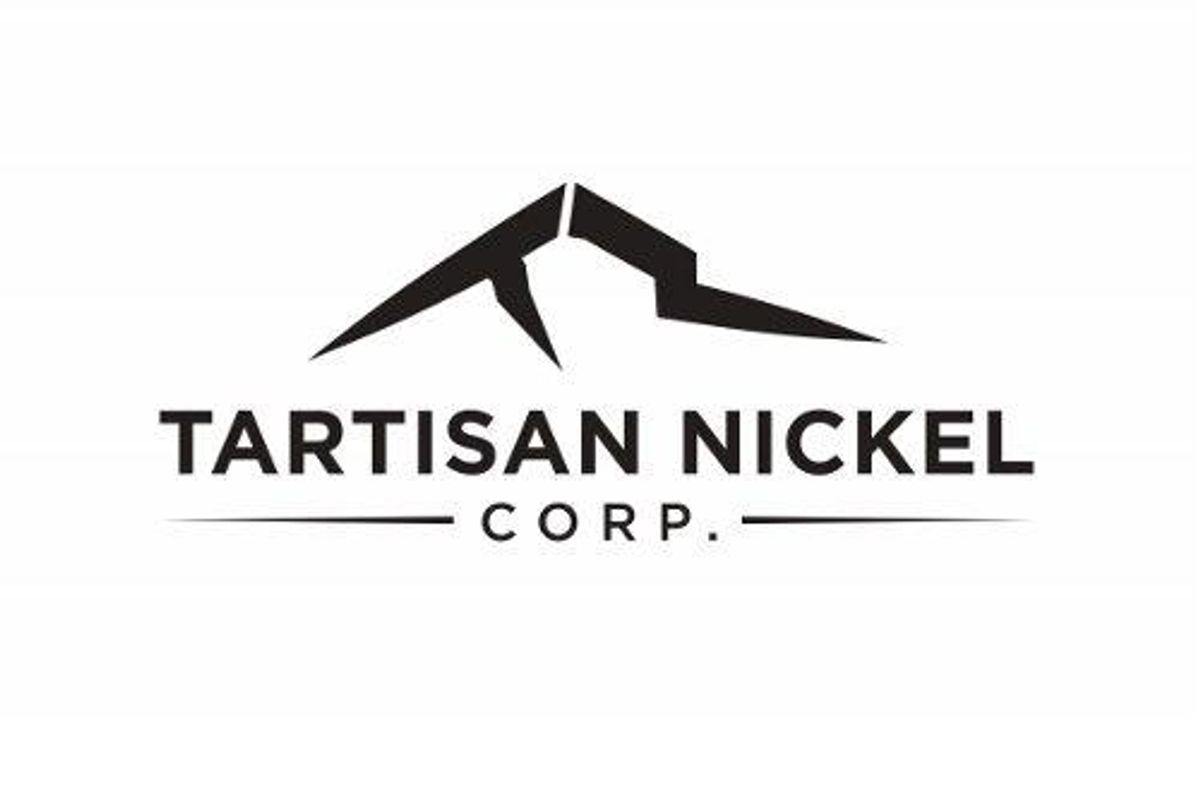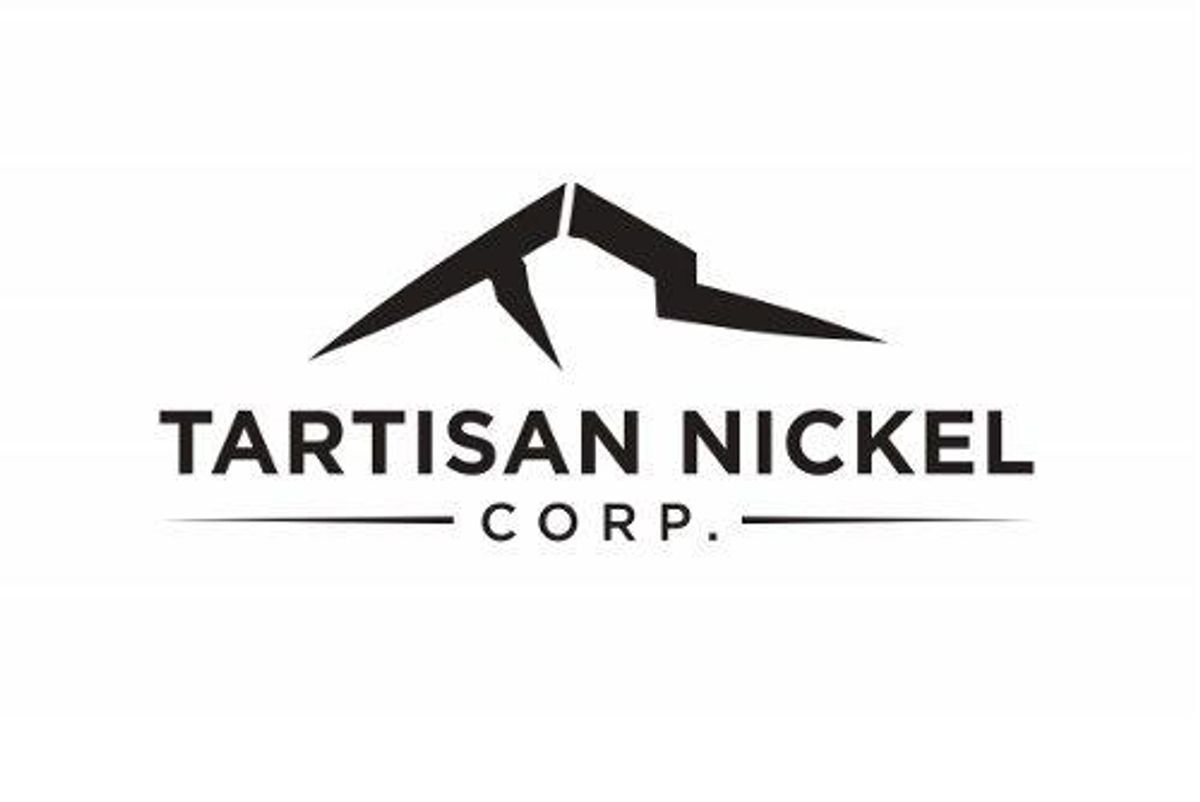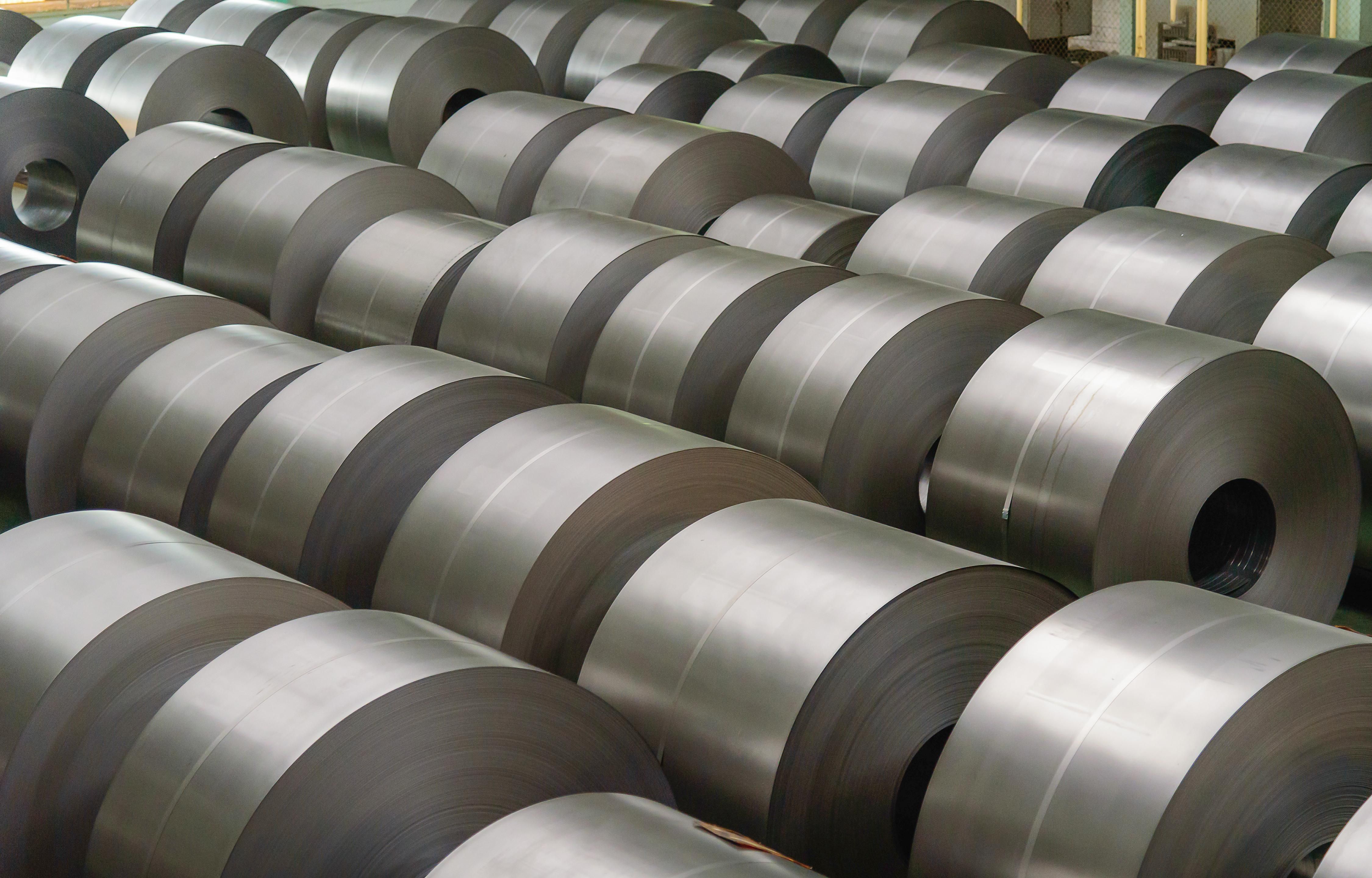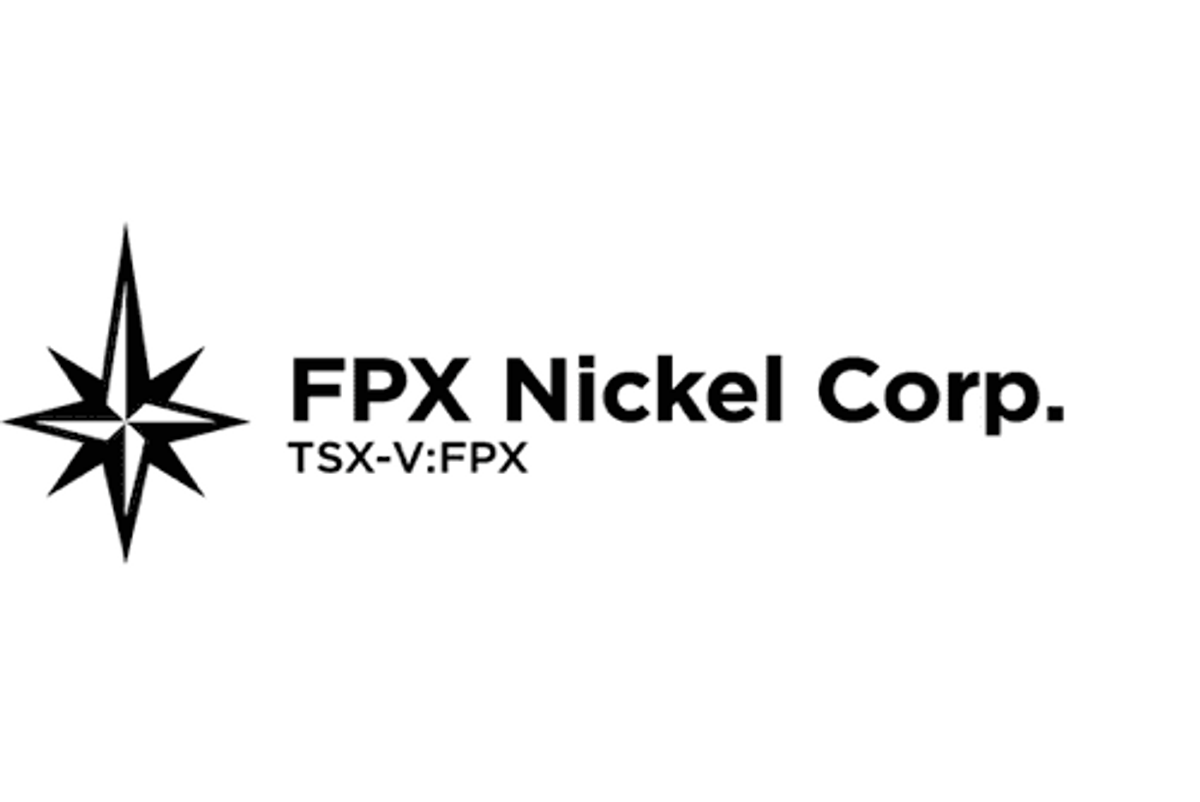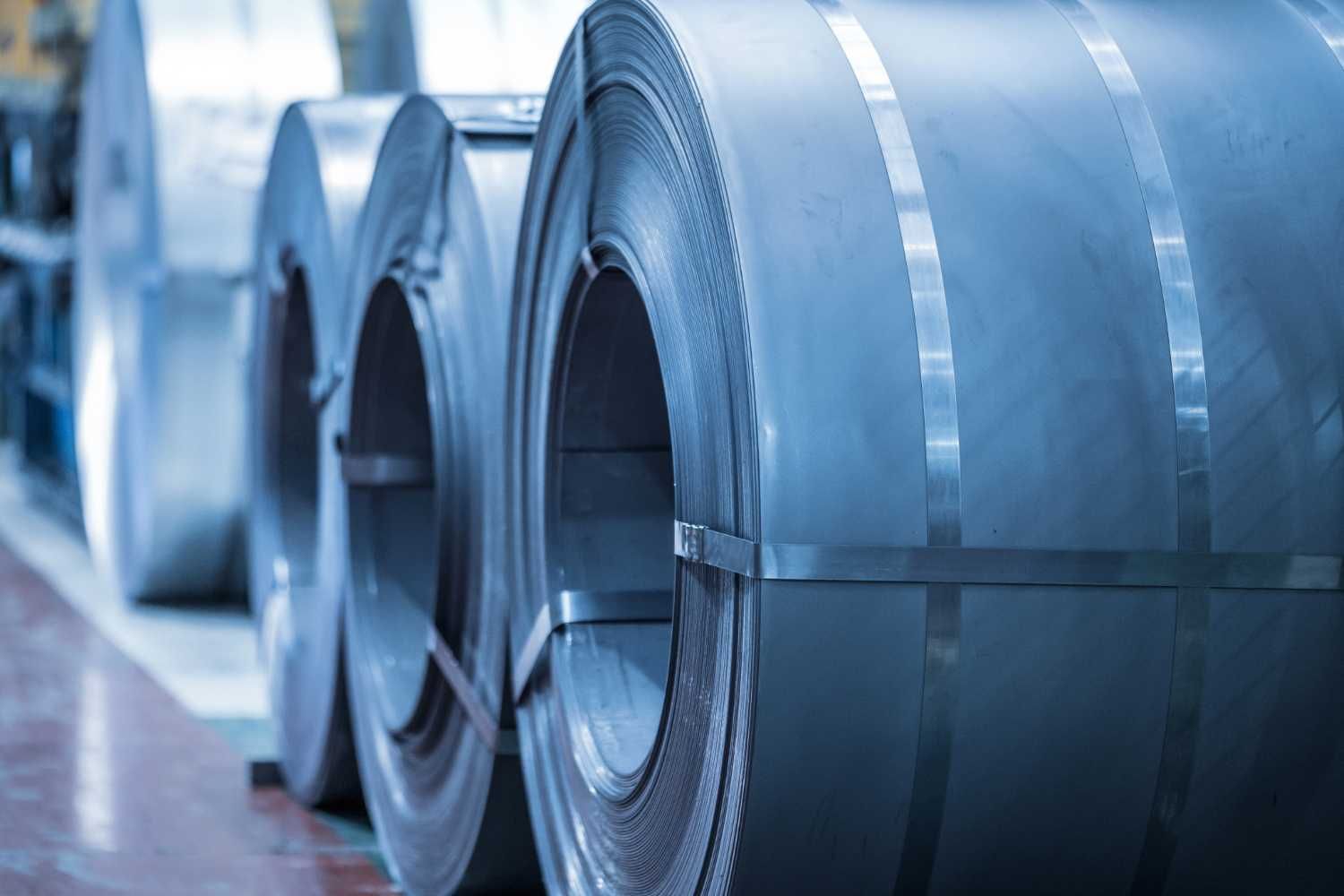
November 25, 2024
Tartisan Nickel Corp. (CSE: TN) (OTCQB: TTSRF) (FSE: 8TA) ("Tartisan" or the "Company") is pleased to announce that the Company has closed $1,500,000.00 in flow-through financing with a Thirteen-month escrow period. 6,250,000 flow-through shares of the Company have been issued at the price of $0.24 per share for an aggregate subscription price of $1,500,000. The flow through shares are subject to a thirteen ("13") month escrow period from the Closing date. A 5% commission was paid to agents.
The proceeds from the flow-through financing are primarily being used to fund the exploration, development, and advancement of the Company's flagship Kenbridge Nickel Project, Atikwa Lake Area, Kenora Mining District, Ontario.
About Tartisan Nickel Corp.
Tartisan Nickel Corp. is a Canadian based mineral exploration and development company which owns; the Kenbridge Nickel Project in northwestern Ontario; the Sill Lake Silver Property in Sault Ste. Marie, Ontario as well as the Night Danger Turtle Pond project in northwestern Ontario.
Tartisan Nickel Corp. common shares are listed on the Canadian Securities Exchange CSE: TN) (OTCQB: TTSRF) (FSE: 8TA). Currently, there are 128,219,004 shares outstanding (133,719,004 fully diluted).
For further information, please contact Mark Appleby, President & CEO, and a Director of the Company, at 416-804-0280 (info@tartisannickel.com). Additional information about Tartisan Nickel Corp. can be found at the Company's website at www.tartisannickel.com or on SEDAR at www.sedarplus.ca.
This news release may contain forward-looking statements including but not limited to comments regarding the timing and content of upcoming work programs, geological interpretations, receipt of property titles, potential mineral recovery processes, etc. Forward-looking statements address future events and conditions and therefore involve inherent risks and uncertainties. Actual results may differ materially from those currently anticipated in such statements.
The Canadian Securities Exchange (operated by CNSX Markets Inc.) has neither approved nor disapproved of the contents of this press release.
TN:CNX
The Conversation (0)
01 September 2020
Tartisan Nickel Corp.
Working towards a Feasibility Study and Production Decision at the Kenbridge Nickel Deposit, Kenora, Ontario.
Working towards a Feasibility Study and Production Decision at the Kenbridge Nickel Deposit, Kenora, Ontario. Keep Reading...
01 December
Tartisan Nickel Corp. Acquires Apex Claims Contiguous to the Kenbridge Nickel Copper Cobalt Project, Northwestern, Ontario
Tartisan Nickel Corp. (CSE: TN,OTC:TTSRF) (OTCQB: TTSRF) (FSE: 8TA) ("Tartisan", or the "Company") is pleased to announce that it has completed the purchase of three claims historically identified as the "Apex Claims" located in the Atikwa Lake region, in the Kenora Mining District, Northwestern... Keep Reading...
10 November
Top 5 ASX Nickel Stocks of 2025
Although countries around the world have been adding nickel to their critical minerals lists, many nickel companies have faced difficulties recently due to a tough price environment.Nickel prices started 2025 with high volatility before flattening in Q3 at around US$15,000 per tonne.Price... Keep Reading...
03 November
Top 5 Canadian Nickel Stocks of 2025
Nickel prices have experienced volatility in the past few years due to supply and demand uncertainty. While demand has been consistent, prices have been mainly influenced by structural oversupply stemming from high output from Indonesia, which rapidly increased output in recent years to become... Keep Reading...
29 October
Nickel Price Update: Q3 2025 in Review
Nickel prices were volatile in the first half of 2025, but evened out in Q3 amid ongoing oversupply concerns.The market has also faced considerable uncertainty as the US adjusts its trade and spending policies, with headwinds coming from the end of the country's electric vehicle (EV) tax credit... Keep Reading...
Latest News
Latest Press Releases
Related News
TOP STOCKS
American Battery4.030.24
Aion Therapeutic0.10-0.01
Cybin Corp2.140.00
